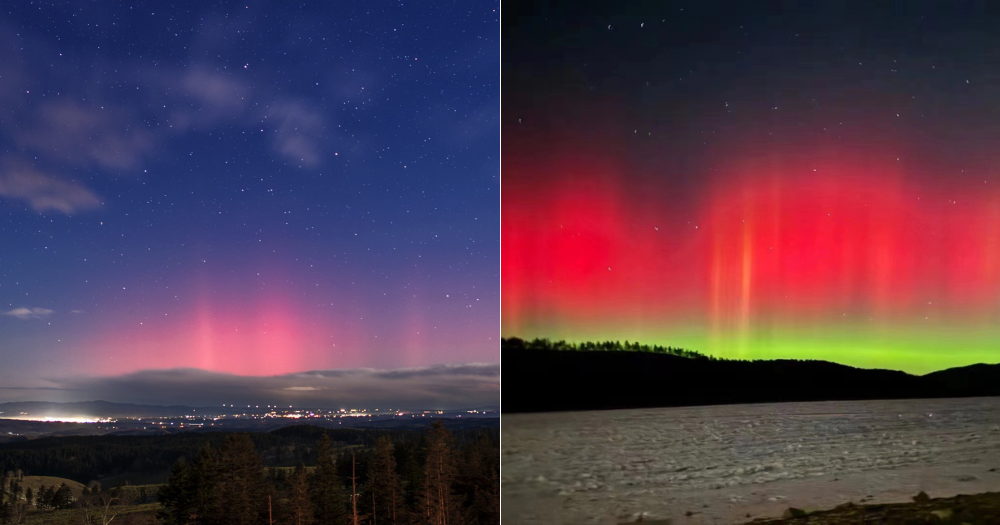
Residents in Hokkaido, the outskirts of Beijing and other cities around the globe were treated to a heavenly sight on Dec. 1 as the skies lit up in dazzling hues of red and green.
The night skies were coloured due to the presence of aurora borealis, commonly known as the Northern Lights.
Hokkaido
In Hokkaido, the celestial phenomena were reportedly visible to the naked eye on Dec. 1, according to The Japan Times.
The lights were observed from an observatory in the town of Rikubetsu.
According to The Japan Times, this was the first time the Northern Lights were observed in Hokkaido since 2003.
On Facebook and X, one Japanese artist shared a photo and a time lapse of the aurora seen over Hokkaido.
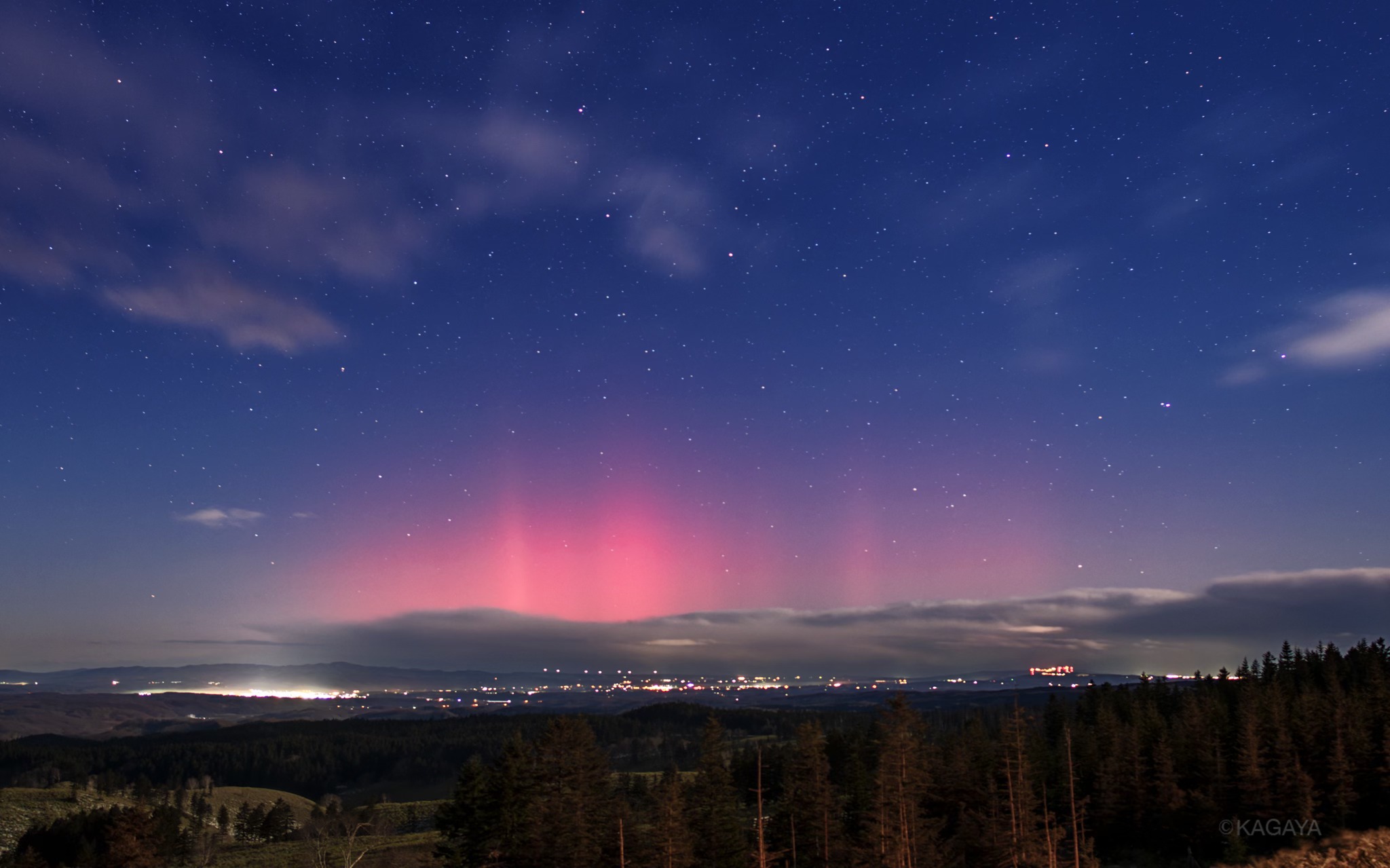 Image via Kagaya Studio/Facebook.
Image via Kagaya Studio/Facebook.
昨日北海道で撮影に成功したオーロラの写真をつなげて動画にしました。
— KAGAYA (@KAGAYA_11949) December 2, 2023
8分あまりの動きが約80倍速で再生されます。
日本からオーロラを見られるチャンスは貴重なので非常にワクワクしながら夢中でシャッターを切りました。 pic.twitter.com/wB4SC4UQE6
Seen from outskirts of Beijing
Over the city of Mohe in China, the sky glowed bright purple on Dec. 1.
According to CGTN, auroras were observed near the outskirts of Beijing as well.
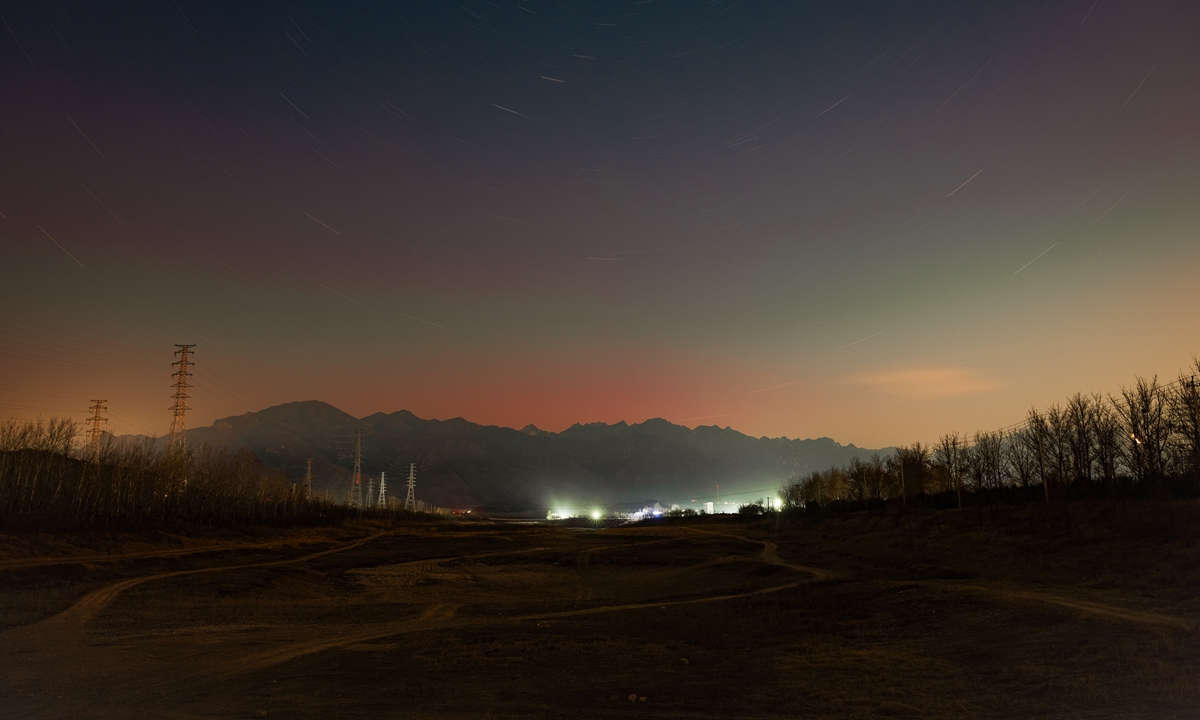 Photo via Global Times.
Photo via Global Times.
This was only the second time in history that the aurora borealis was seen near China's capital city, with the previous time being in 2003, reported Global Times.
According to local media, the auroras were also seen in other regions in China such as in the Inner Mongolian Autonomous Region and in Xinjiang.
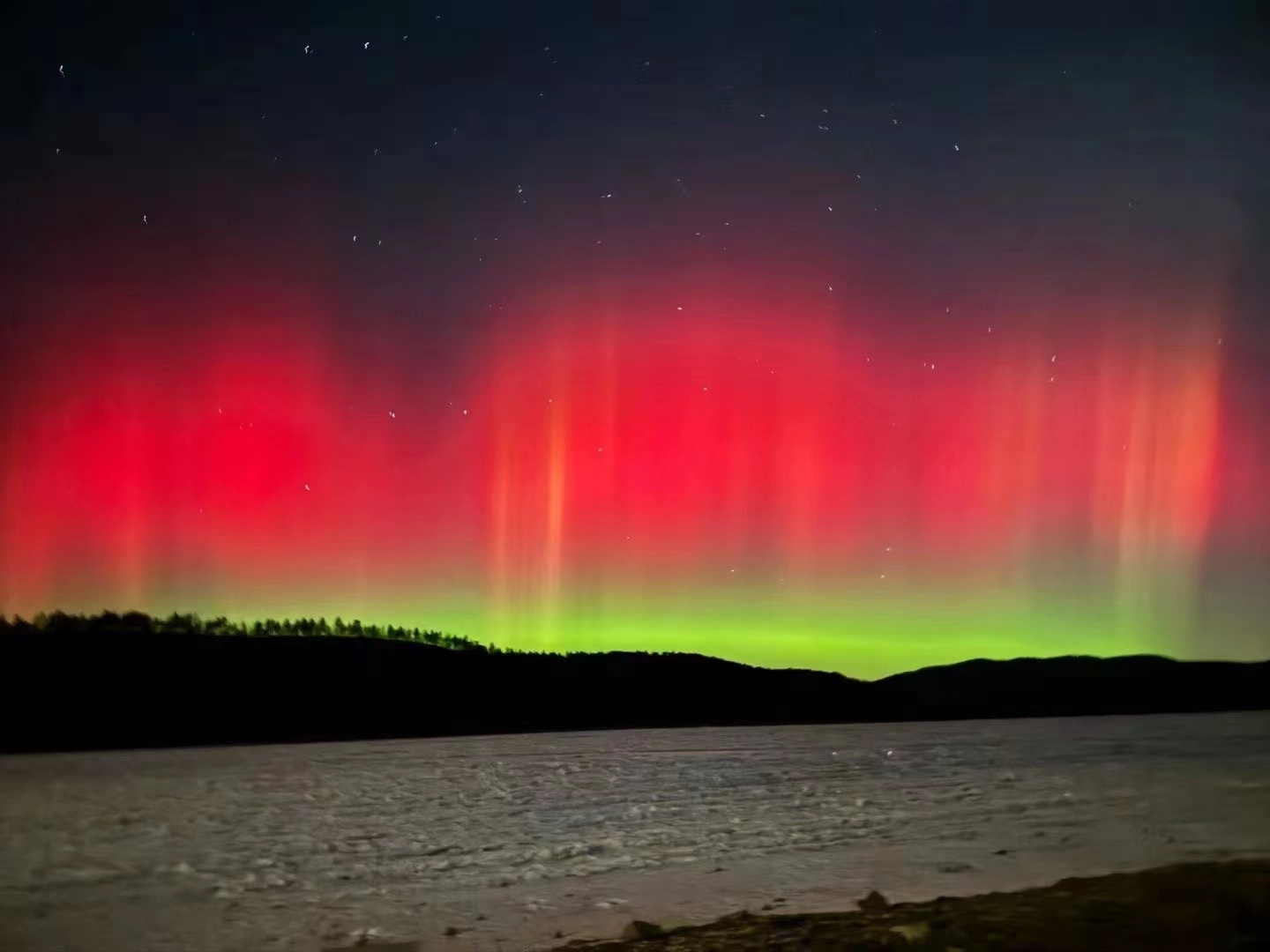 Image via People's Daily, China/X.
Image via People's Daily, China/X.
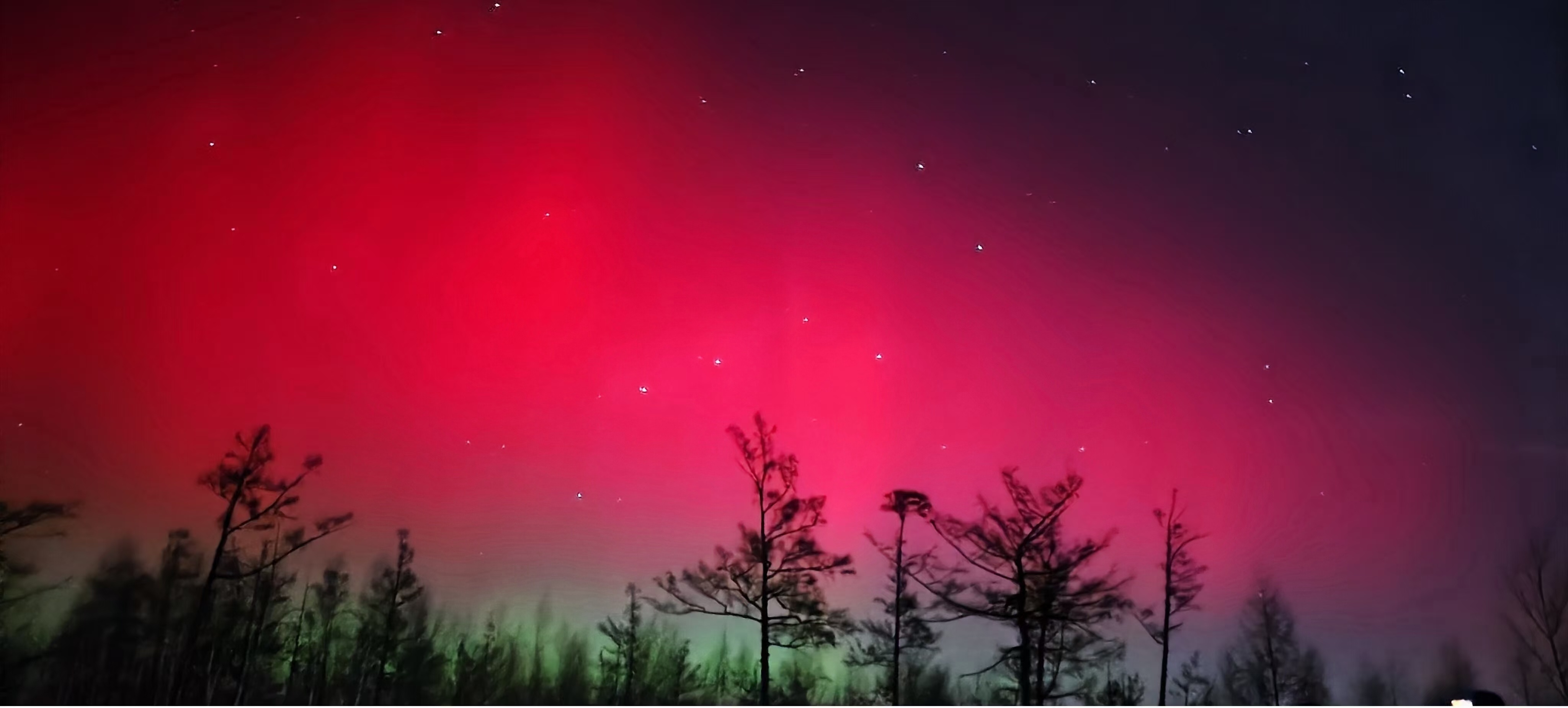 Image via People's Daily, China/X.
Image via People's Daily, China/X.
 Image via People's Daily, China/X.
Image via People's Daily, China/X.
Beautiful Northern Lights💫 were spotted in multiple locations across #China, including Heilongjiang, Xinjiang, Inner Mongolia, Beijing, & Hebei.
— iChongqing (@iChongqing_CIMC) December 4, 2023
Many photography enthusiasts were fortunate to witness this rare phenomenon. 🌌📷#NorthernLights #RareSighting pic.twitter.com/MRLIcsZY8m
Following the Dec. 1 event, more aurora events are forecast to occur on Dec. 4 by China's National Satellite Meteorological Centre, Global Times wrote.
Mongolia
In Mongolia, the auroras produced a dramatic night scene, washing the night sky in a deep crimson red.
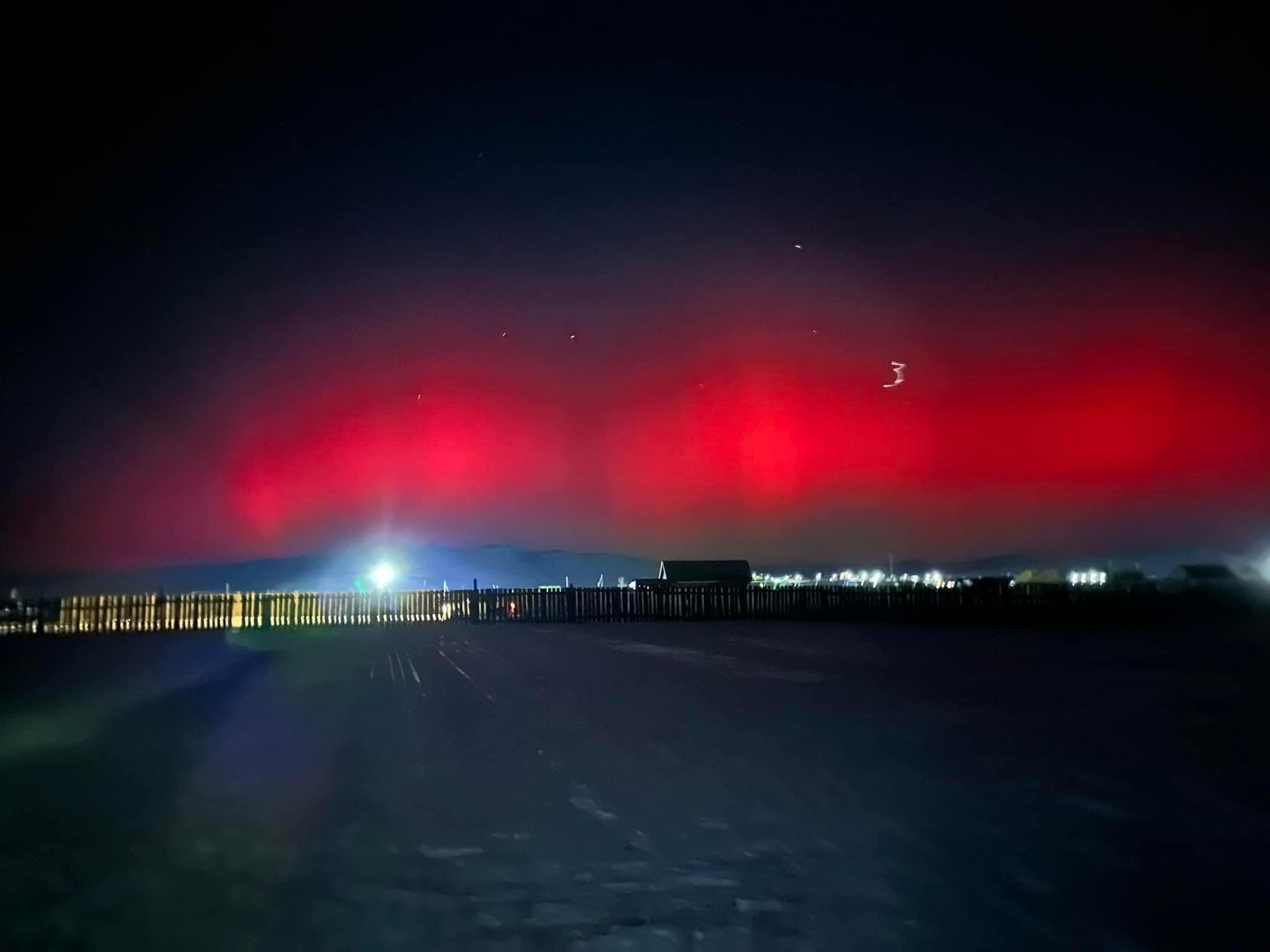 Image via @eebileg/X.
Image via @eebileg/X.
 Image via @eebileg/X.
Image via @eebileg/X.
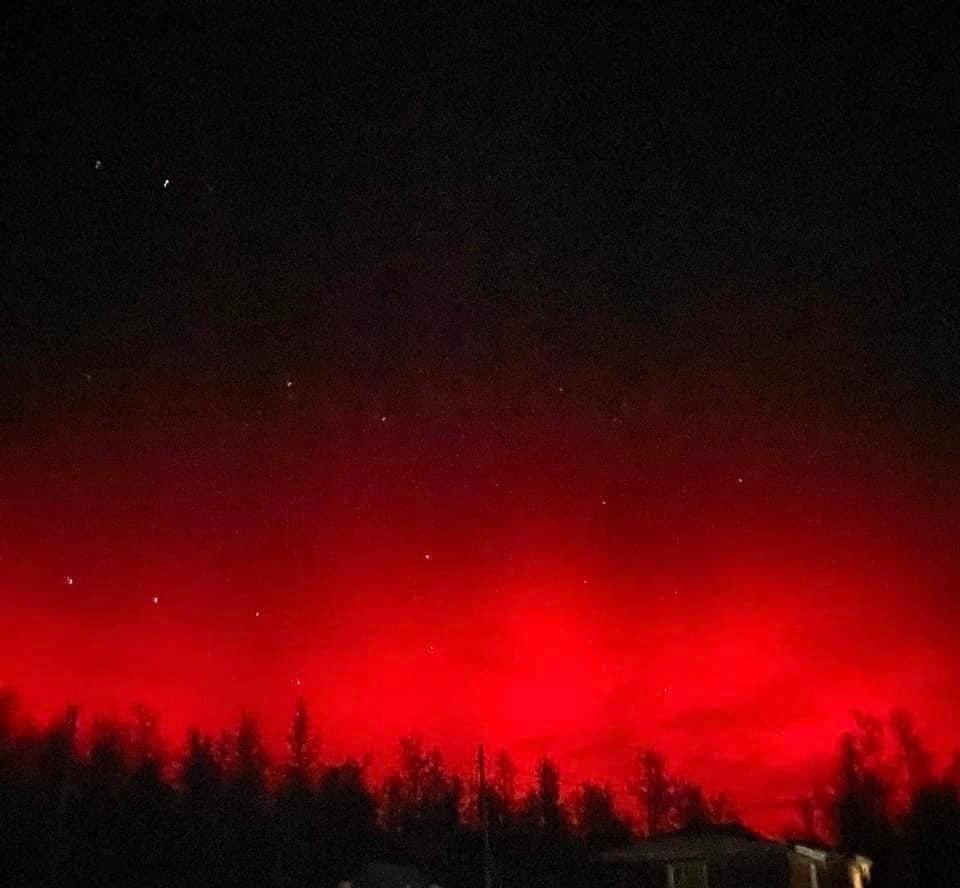 Image via @eebileg/X.
Image via @eebileg/X.
Auroras in multiple cities across the globe
It wasn't just cities in Asia that were treated to the dancing of lights in the sky.
In the U.S., auroras were sighted on Dec. 1 and were visible in states like Wisconsin and even Texas.
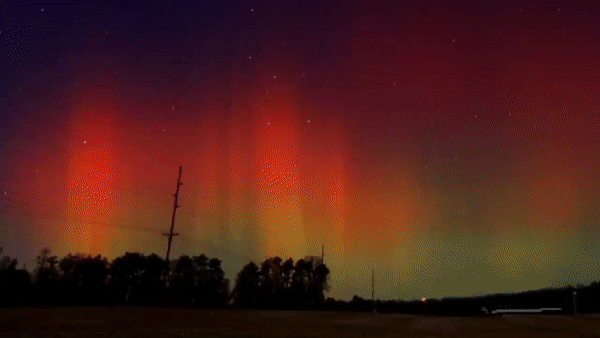 Aurora over Wisconsin, U.S.. Gif via @eljakeo30/X.
Aurora over Wisconsin, U.S.. Gif via @eljakeo30/X.
These places were "unusually far south" for auroras to be visible, The Washington Post wrote.
The Northern Lights are typically visible in places at higher latitudes and nearer to the north pole, such as in Alaska.
The #aurora I've been waiting for! The strong CME hit and a G3 magnetic storm occurred.
— Jake Stehli (@eljakeo30) December 1, 2023
In the field quick edit from Spooner, Wisconsin. Colors straight off camera. No color correction! Bit dimmer to the eye, But the reds were so bright right into dawn!#wiwx #northernlights pic.twitter.com/h50CqazDAL
One photographer from Texas told National Geographic that the last time he was able to photograph the Northern Lights from his home was three decades ago.
Auroras also made an appearance down south in Australia and New Zealand.There, the phenomena is known as aurora australis, or the Southern Lights.
Why the unusual and rare aurora sightings?
Northern Lights are produced after charged particles and energy from the sun reacts with gases in the earth's atmosphere.
They are more commonly seen near the earth's poles because the planet's magnetic field acts as a shield, deflecting the particles before they travel down the magnetic field lines and end up at the poles.
These charged particles are ejected from the sun during solar events, such as solar flares or Coronal Mass Ejections (CMEs).
Between Nov. 27 and Nov. 29, multiple solar events were observed on the sun, which meant that lots of energy and charged particles were hurled towards the earth and arrived in the days that followed.
The cumulative magnitude of these solar events led to the appearance of auroras over areas further from the poles.
A Direct Hit! The impressive #solarstorm launched in the Earth-strike zone has been modeled by NASA. The storm is predicted to hit Earth by midday December 1. Along with two earlier storms already en route means we have a 1,2,3-punch. If the magnetic field is oriented correctly,… pic.twitter.com/XLCAbmjXZ7
— Dr. Tamitha Skov (@TamithaSkov) November 29, 2023
Although solar storms cause harmless and dazzling lights in the sky like auroras, stronger solar storms could potentially be harmful to astronauts.
They could also potentially disrupt technological equipment such as GPS and satellites in low orbit.
More to come in 2024
The aurora displays seen on the first day of December could be some of many to come in the next year.
According to scientists at the U.S. North Oceanic and Atmospheric Administration (NOAA), the sun's activity, which is regulated in a roughly 11-year cycle, will peak in 2024 between January and October.
Although the strength of the current cycle is considered 'below average', its peak will be stronger than its previous one in 2013.
In general, that means stronger solar storms and so, more energy and more charged particles will be lobbed at the planet by the Sun.
Speaking to National Geographic, Don Hampton, research associate professor at the Geophysical Institute of the University of Alaska Fairbanks, shared that with more energy, the zone at which auroras occur will expand beyond its usual confines.
This means there's a higher chance of seeing auroras further south (or north, if you are in Australia or New Zealand) from the poles, like what was seen on Dec. 1 over Hokkaido and China.
In other words, it is possible that there will be more mesmerising light displays in unusual places around the globe in 2024.
Top image via Kagaya Studio/Facebook, People's Daily, China/X

If you like what you read, follow us on Facebook, Instagram, Twitter and Telegram to get the latest updates.

